The Hidden Costs of Security Operations: Are You Overspending on Managed SOC?

Contents
Why SOC costs are spiralling for Enterprises Why SOC costs are spiralling for Enterprises The Future of SOC: Smarter, Leaner, AI-Driven The Future of SOC: Smarter, Leaner, AI-Driven How to Cut Cybersecurity Costs Without Compromising Protection How to Cut Cybersecurity Costs Without Compromising Protection Why UBDS Digital? The Smarter, Guaranteed Approach to Managed SOC Why UBDS Digital? The Smarter, Guaranteed Approach to Managed SOC Download the 30% Cost Savings guide for Managed SOC. Download the 30% Cost Savings guide for Managed SOC.for the latest insights
Security Spend is Rising But So Are Breaches
Cybersecurity budgets have never been higher—and yet breaches are more frequent, more damaging, and more expensive than ever. According to IBM, the average cost of a data breach now exceeds £4 million, with financial and reputational losses that extend far beyond the IT department. The troubling reality is this: enterprises are investing more into security operations, yet achieving less protection.
For many, the culprit is hidden in plain sight—an outdated, inefficient Security Operations Centre (SOC) model. Whether in-house or legacy outsourced, traditional SOCs come with high fixed costs, fragmented tooling, and delayed response times. The question is no longer “Are you secure?” but “Are you overspending and still vulnerable?”
Why SOC Costs Are Spiralling for Enterprises
1. Talent is Scarce and Expensive
Building and maintaining a SOC requires round-the-clock staffing, including Tier 1 to Tier 3 analysts, incident responders, and threat hunters. In today’s market, these professionals command high salaries and are difficult to retain leading to both increased costs and operational risk when key expertise walks out the door.
2. Tool Sprawl is Driving Hidden Expenses
Most SOC environments rely on multiple disjointed tools; SIEM, SOAR, EDR, XDR, and threat intel feeds often from different vendors. Each comes with its own licence, integration requirements, and upkeep. Over time, this “tool sprawl” results in duplicated costs, complex maintenance, and reduced ROI.
3. Incident Response is Slow and Reactive
A traditional SOC typically operates reactively alerting only after suspicious activity is identified. Without automated incident response and AI-driven correlation, enterprises face delays in threat mitigation, resulting in greater breach impact and recovery costs.
4. Compliance Costs Are Climbing
Whether aligning with ISO 27001, FCA, GDPR, or NCSC Cyber Essentials, enterprises must prove that their SOC can detect, respond, and report effectively. Legacy setups often struggle with this due to manual reporting processes and siloed data, adding more resource strain and potential for non-compliance.
The Future of SOC: Smarter, Leaner, AI-Driven
The next generation of Security Operations Centres isn’t about adding more people or tools, it’s about doing more with less. Leading organisations are shifting toward AI-powered, cloud-native Managed SOC services that deliver faster threat detection, automated response, and cost predictability.
Key Shifts in Modern SOC Strategy:
- AI & Machine Learning: Correlate thousands of events in real time, reduce false positives, and automate triage and containment.
- Cloud-Native Architecture: Eliminate infrastructure overhead and scale protection dynamically across hybrid environments.
- Proactive Threat Hunting: Move beyond alert-based detection to continuously search for hidden threats using behavioural analytics and threat intelligence.
- Outcome-Based Security Models: Focus on results lower mean time to detect (MTTD), lower mean time to respond (MTTR), and quantifiable cost savings.
How to Cut Cybersecurity Costs Without Compromising Protection
To address cost and risk together, enterprise leaders should focus on these strategic actions:
1. Consolidate Vendors & Tools
Review your existing security stack. Where can capabilities be unified under a single platform or partner?
2. Adopt Automation & Orchestration
Leverage incident response automation and orchestration platforms to reduce manual effort and speed up remediation.
3. Re-evaluate In-House vs. Managed SOC
An in-house SOC might give you control but at a high cost. A Managed SOC with outcome-based SLAs and embedded AI can cut expenses by 30% or more, while maintaining or improving protection.
4. Demand Transparent, Predictable Pricing
Shift away from open-ended support hours and unpredictable usage fees. A strong Managed SOC provider should offer transparent service tiers and guaranteed cost efficiencies.
Why UBDS Digital? The Smarter, Guaranteed Approach to Managed SOC
At UBDS Digital, we deliver next-generation Managed SOC services that solve both the cost and complexity of modern cybersecurity.
- Guaranteed 30% cost savings compared to in-house or legacy SOC models
- AI-powered threat detection and automated response
- Fully UK-based, SC/DV-cleared analysts.
- Cloud-native platform with integrated threat intelligence, SIEM, SOAR, and analytics, no more tool sprawl
- 24/7/365 protection tailored to hybrid and multi-cloud enterprise environments
Take the Next Step: Download the 30% Cost Savings guide for Managed SOC.
If you're questioning whether your current security operations model is cost-effective or simply keeping pace with modern threats it’s time to evaluate smarter alternatives.
Our free Managed SOC Cost Savings Guide for Enterprise Leaders breaks down:
- The true cost comparison between in-house and Managed SOC models
- What to look for in a next-gen SOC partner
- See how leading UK organisations are already saving 30% or more
- Understand where your current SOC model may be draining budget
Download the Guide Now.
Make an informed decision. Start by understanding where your current SOC model might be falling short.

Looking for
exceptional outcomes?






